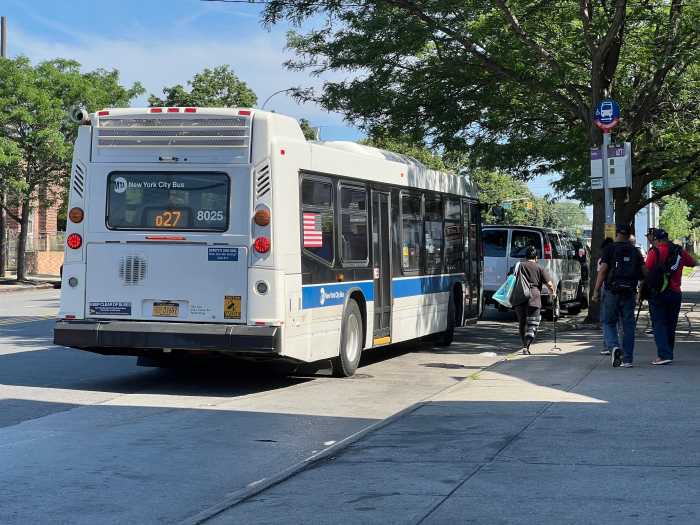There have been ongoing articles targeting the special education system with two major complaints - escalating costs and unreasonable parents. Let us address these issues with the intent that an understanding of each will finally put to rest these vicious attacks.
Since money is always a critical issue, let’s deal with it first. When resources are limited and taxes are high, there is always a public groundswell that special education is “getting out of hand.” Stop for a moment and think rationally about this statement. Compared to what? The only comparison that has been made historically is between the costs related to educating typical and special education children. Obviously, children with disabilities need specialized services such as speech, occupational and physical therapies so programs will cost more.
The comparison between special and general education is specious particularly because children with disabilities (i.e., about 6 percent) represent such a small minority group within the general student population. Now consider a real comparison with supporting data that are rarely provided by the critics of special education. Let us compare the special education system to the prison system.
The Pew Center on the States, reported that in 2007, 62,620 people were placed behind bars in New York State. Interestingly enough, the U.S. Department of Education, Office of Special Education Programs reported approximately the same number of children (ages 3-5 years) receiving services in special education - 60,156 children.
New York State spent over $2.6 billion in this fiscal year on correctional services. New York State certainly did not spend anything close to $2.6 billion on either early intervention and/or preschool special education services.
The Bureau of Justice Statistics: Special Report on State Prison Expenditures indicated that New York State has one of the highest annual operating costs for inmates -$36,835. In addition, the annual cost per inmate in New York City is $55,300, which is significantly higher than the cost of educating children with disabilities even with all of their related services and therapies.
New York State’s poverty rate at 14.4 percent is above the national average, which is nothing to be proud of. As a result, New York State ranks in the lowest quartile and its poverty rate is higher than all of the states in the New England, Mid-Atlantic and Midwest regions of the country.
Finally, the incidence of learning disabilities among the general population is around five percent but in prison, the number of individuals with learning disabilities is estimated to be over 50 percent. What does this tell us? The department’s ultimate goal is to be below the national average for children receiving special education services. Children with disabilities are not “statistics” who will conveniently disappear. Children who do not receive the educational services they need in preschool and elementary school are at greater risk for becoming dropouts and subsequently becoming involved in juvenile delinquency.
Certainly the investment in our children should be greater than the resources spent on our correctional system. Are our children and their futures worth less than criminals who are receiving services in the New York State’s prison system? Special education costs more than general education only because children need specialized services. These are the services that critics are focused on? If we have our priorities in the appropriate place special education does not cost too much. The next time you read an article critical of special education costs send the writer an email about the correctional system.
Ellenmorris Tiegerman, Ph.D. is the Founder and Executive Director
of the School for Language and Communication Development



































